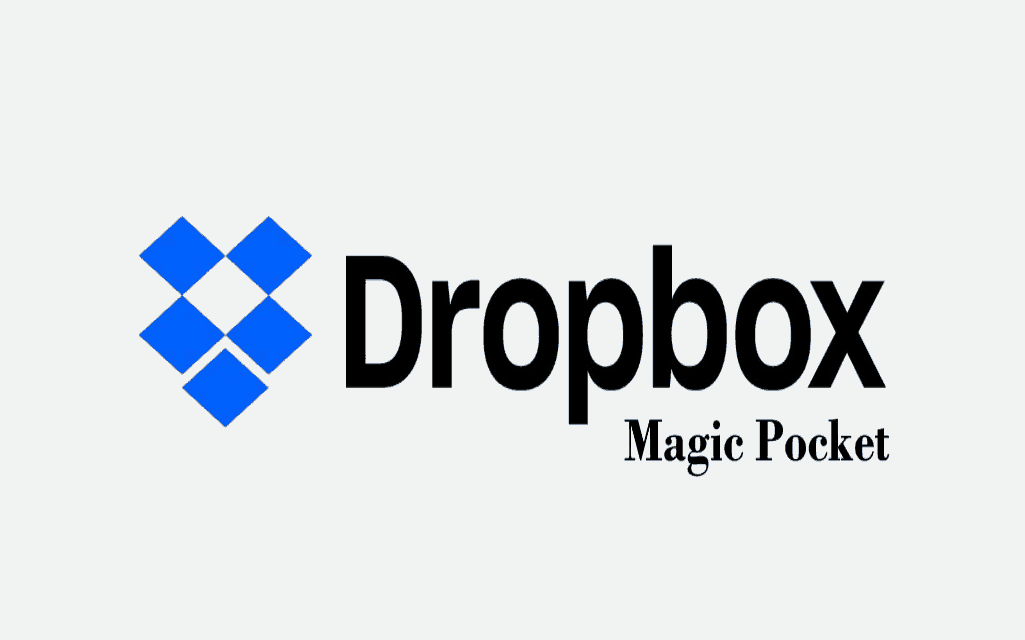Dropbox, which is a leading global collaboration platform announced a new chapter in their development process. They announced the new Magic Pocket which is its custom built storage infrastructure.
The company is launching Shingled Magnetic Recording Drive technology which increases the overall storage density, provide more cost savings – without sacrificing reliability or performance. Dropbox aims to be the first company to test and launch SMR technology at this scale.
The change to SMR technology has been an important undertaking: Dropbox SMR disks drives from various third-party suppliers, created a component ecosystem and bespoke hardware around it. The company chose SMR technology because of its ability to extend the storage capacity from 8TB to 15TB per disk, all while still providing the performance that the company expects.
This process is another example of the company building big distributed systems. At the end of 2018, Dropbox aims to have an infrastructure footprint that spans across four continents and twelve countries. This includes storage for users outside and inside the US.
Magic Pocket’s Impact
In 2016, Magic Pocket created a new standard in the industry when they introduced an exabyte storage software that is exceptionally secure and reliable. The system was created to have an annual data availability over 99.99, and its data durability at over 99.9999999999%.
This change to SMR technology is another step in the company’s creating of a custom-built infrastructure.
What Does This Mean for Cloud Deployment Models?
Due to Dropbox’s new announcement, cloud deployment models have taken a lot of changes within their infrastructure. Here are some a few natural benefits that users experience when using new models for cloud deployment.
Fear is one major that most institutes make from completing their own products. If you have remote access to your data, how do you know if the data is being protected?
And while most e-businesses don’t like to weigh in the possibility of data theft, there is a high chance that the incident data that interfacing will occur internal threats which is caused by disgruntled ex-employees.
In this scenario, its best to keep the information kept off-site. Of course, this can be rather abstract, so look at the following statistics:
Studies have shown that 94 percent of businesses experienced an improvement in security after switching to a cloud-based storage system. 91% of the participants said they were using these cloud deployment models to protect themselves from outside hackers and meet government compliance requests.
The key to this enhanced security is less accessible to others attempting to view your data or hackers. As an extra security addon, with most cloud services, multiple security settings can be placed by one user.
Cloud deployment models can create mobile access to corporate data via smart devices, which considering that over 2.6 billion smartphones being used in a single day, it’s a good way to ensure that someone is not out of the loop. Staff who have busy schedules can use this feature to get quick updates from coworkers and clients.
Since it’s in the cloud, you can provide accessible information to freelance employees, remote employees, or staff that travels, for better work-life balance. Thus, it’s not fully surprising to see that businesses that have a high employee satisfaction rating are more likely to expand its cloud usage.
Conclusion
Overall, cloud deployment models are great for improving the safety and functionality of your software. By doing this, you increase the chances of protecting your data and quickly transfer your data via smartphones. Thus, keep your business up to date by utilizing the multiple tools that are currently available.



